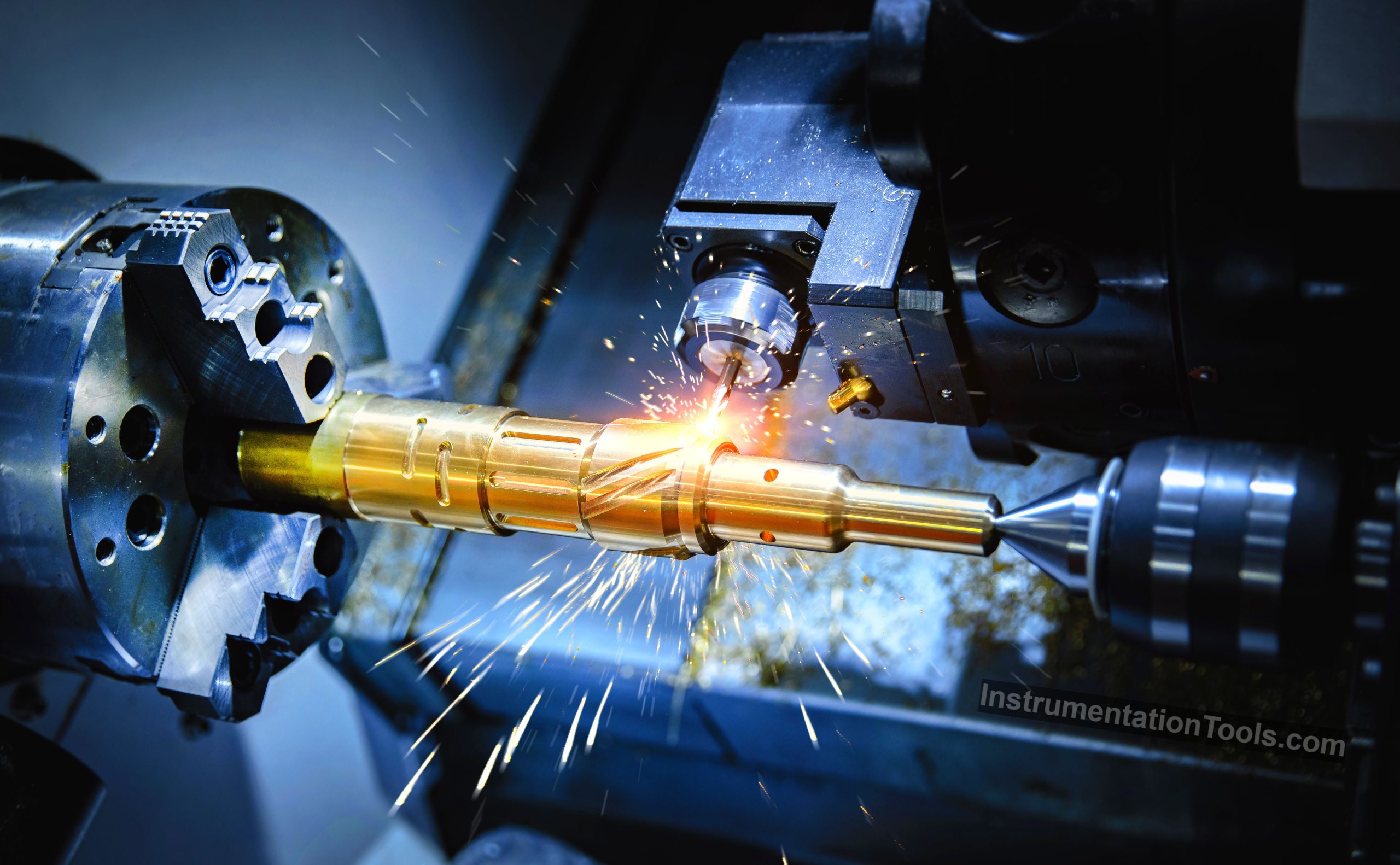CNC (Computer Numerical Control) machining has transformed several Industries, including the glass business. CNC machines’ precision, efficiency, and adaptability have revolutionized glass manufacturing, improving quality, cost, and Innovation.

This in-depth examination will examine five ways CNC machining is changing the glass Industry’s present and future.
A significant advantage to the glass sector is the precision of CNC machining when cutting and shaping glass components. The possibility of human error and inconsistency in conventional processes was inherent in manual labor. For exact glass manufacture, the Glass Processing Machine is the way to go. Following pre-programmed instructions, these machines precisely cut and shape each piece of glass to meet specifications. In the glass industry, where even little mistakes can impact product functionality and quality, this accuracy is vital.
The precision of glass components made using CNC-controlled cutting and shaping operations is unparalleled by traditional methods. Whether it’s cutting large sheets for architectural use or manufacturing tiny parts for industrial application, CNC machining is crucial for satisfying the high accuracy standards of the glass industry.
Batch glass production is well-suited to the efficient CNC machining process. CNC machines can mass-produce glass bottles, window panes, and panels with consistent quality and comparable components. Ensuring that each item fulfills stated requirements is made possible by being able to flawlessly reproduce designs across many components.
Since it increases efficiency, batch production decreases production time and expenses. Using computer numerical control (CNC) machining, manufacturing high-quality glass components is made easier. The competitiveness of the glass sector and the economic viability of glass manufacturing companies are both enhanced by this.
The glass industry’s need for rapid prototypes and customizations makes CNC machining a perfect fit. Computer numerical control (CNC) equipment allows for rapid and accurate design revisions. Manufacturers may quickly test and refine concepts before mass production, saving time and resources.
Industries requiring specialized glass goods will find this to be of great assistance. For instance, architectural glass and specialized laboratory apparatus are two examples. For a wide range of consumer demands, CNC machines allow for the rapid and exact production of small quantities or one-off components. The versatility of CNC machining in prototype and modification allows the glass sector to adapt to evolving market demands and consumer tastes.
CNC machining precise control helps to minimize material waste during the production of glass. Traditional glass-cutting techniques produce a great deal of waste as a result of improper cutting, errors, and excessive use of raw materials. Alternatively, computer numerical control (CNC) machines enhance material consumption by optimizing cut positions and nesting several designs of a glass sheet.
Both the economy and the environment benefit from less material waste. Making glass with CNC machining is a more eco-friendly process since it cuts down on waste. CNC-machined glass goods are in line with industry trends toward sustainability, being both high-quality and environmentally beneficial. Businesses should also make sure their employees have access to useful safety tips. Making healthy glass cutting involves this step.
Technological advancements and the need for intricate, decorative metal designs have brought life to computerized machines that cut this metal into precision. A previous design can be replicated without having to cut that shape from scratch.
CNC machining accuracy reduces waste and saves money for companies designing metal and other materials into various shapes. It is, therefore, essential to find service providers that will precisely get your job done.
In this post, we will learn the basic requirements for a network switch to be…
The PLC panel and MCC panel interface signals are start, stop, run feedback, trip, local…
In this article, we are going to discuss about shutter door control using induction motor…
Electrical Drives control the motion of electric motors. Motion control is required in industrial and…
PLC ladder logic design to control 3 motors with toggle switch and explain the program…
VFD simulator download: Master the online tool from the Yaskawa V1000 & programming software for…